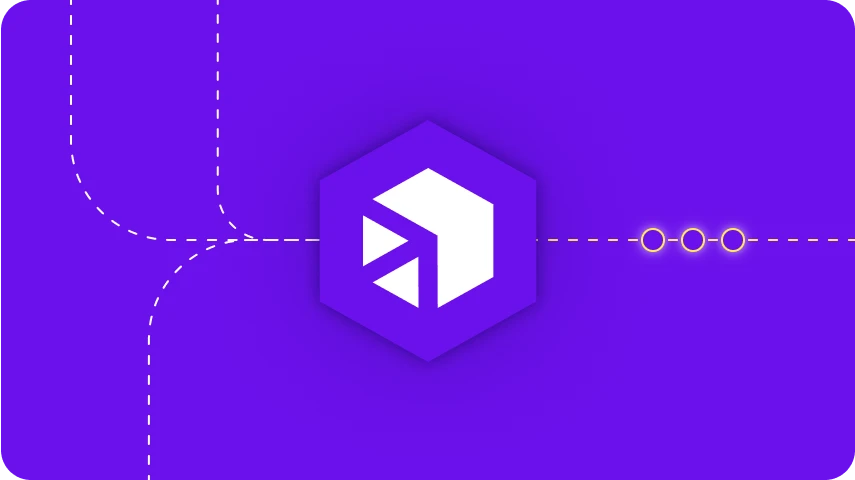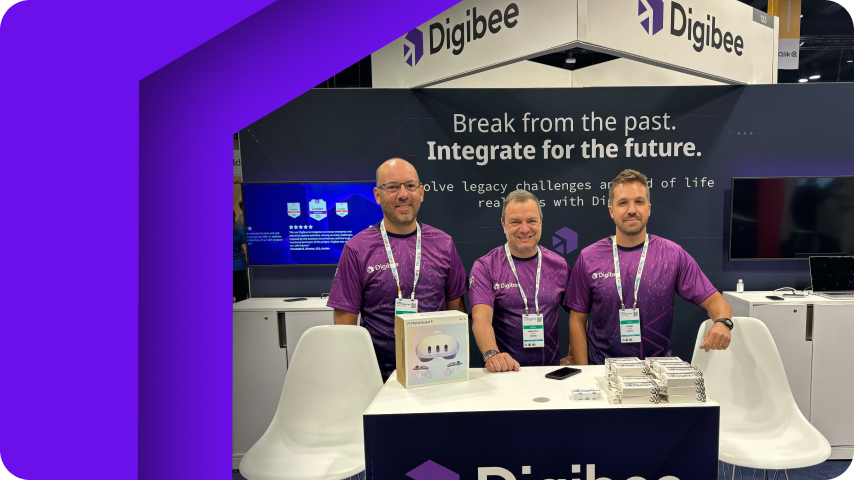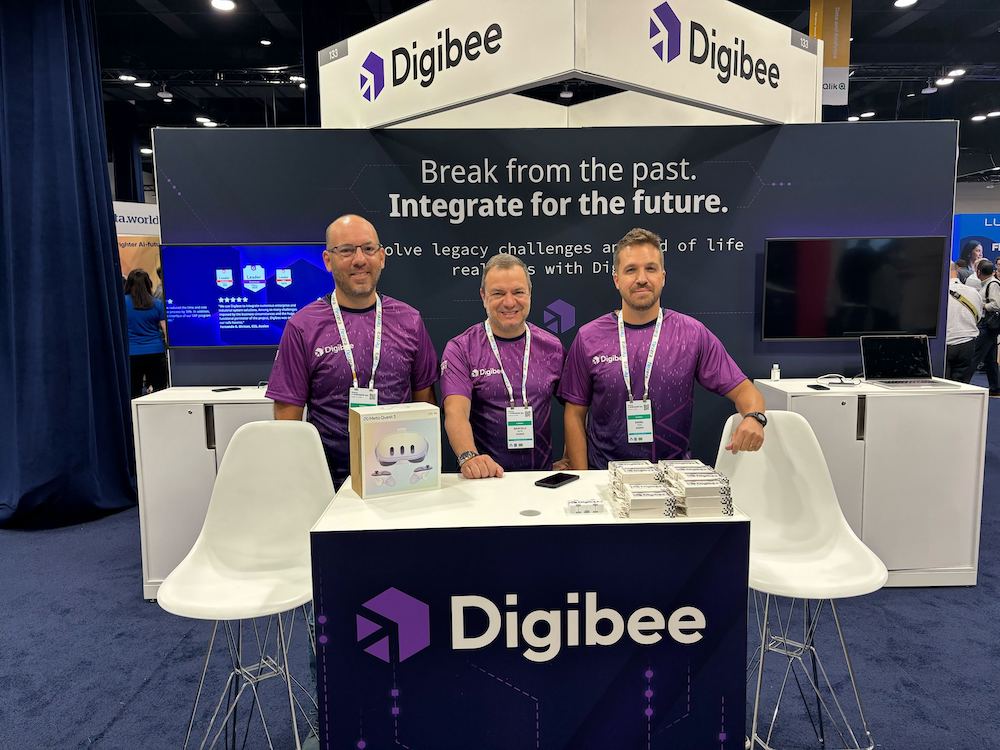
O Gartner® publicou recentemente uma pesquisa interessante intitulada Avaliação de preços da plataforma de integração para líderes de engenharia de software. É uma visão geral bem escrita de como os modelos de licenciamento e preços da plataforma de integração estão atualmente estruturados e de todas as variáveis que as organizações precisam considerar para navegar nesse complexo conjunto de decisões de compra.
A Digibee conduziu pesquisas semelhantes sobre o modelos de preços complicados usado por plataformas de tecnologia de integração legadas, como MuleSoft. Se o modelo de preços da MuleSoft refletir o padrão dos produtos de integração tradicionais, então a pesquisa do Gartner será muito útil para organizações sobrecarregadas (ou prestes a investir) nessas soluções.
A precificação da plataforma é um tópico complicado, e os usuários precisam navegar por modelos de precificação extremamente complexos que usam uma variedade de métricas. Por exemplo, vCore, por estação ou por usuário, conexões de endpoint, carga de rede, capacidade baseada em instância, etc. Por sua vez, estes podem ser cobrados por nível, uso e volume – todos fatores potenciais na determinação dos custos de diferentes plataformas de integração.
De acordo com o eBook da Digibee Relatório Digibee State of Enterprise Integration em 2023, existem custos adicionais de manutenção e formação, que consomem quase 40% dos orçamentos de integração. Existe todo um mundo de custos e complexidade além do simples licenciamento.
>> Agende uma demonstração personalizada com nossa equipe de especialistas e veja como o iPaaS da Digibee trará eficiência ao seu negócio.
A integração não deve ser tão complicada
O Gartner faz um ótimo trabalho ao definir as complexidades de preços para vários modelos de tecnologia, e certamente podemos garantir que a maioria dos fornecedores legados de integração empresarial se enquadra nesse perfil.
Ao planejar a obtenção de uma nova solução tecnológica, acreditamos que os líderes de engenharia e desenvolvimento de software devem se concentrar nos requisitos tecnológicos, nos recursos, na funcionalidade e nos resultados desejados. Comparar preços não deve ser tão complicado a ponto de desviar a atenção das reais necessidades e objetivos.
Comparações precisas são especialmente desafiadoras quando esses exercícios podem incorporar até nove métricas de precificação diferentes em vários modelos de precificação. Mais importante ainda, você não pode limitar seu cálculo ao seu estado atual. Mudanças futuras no consumo devem ser consideradas. Você não quer surpresas no futuro e não pode estar em uma posição em que seu orçamento de integração seja um fator decisivo em seus planos de desenvolvimento e inovação.
Agora multiplique esses exercícios com base no número de soluções que estão sendo consideradas e o escopo do trabalho ficará claro.
Eu diria que isto é um desperdício de recursos valiosos que deveriam concentrar-se na inovação.
A escolha do desenvolvedor
A necessidade de capacitar os líderes de engenharia e desenvolvimento de software para participarem ativamente em decisões críticas relativas a investimentos estratégicos é um imperativo empresarial.
Sejamos realistas: sem engenheiros e desenvolvedores de software, a integração empresarial não seria possível.
“As plataformas de integração são ferramentas de desenvolvimento e, como qualquer processo de desenvolvimento de software, você deve planejar um processo de entrega em etapas – implantações não testadas na produção acabarão por causar uma falha catastrófica dos principais processos e sistemas de negócios.”
Avaliação de preços de plataformas de integração para líderes de engenharia de software, Gartner
Maio de 2023
A menos que sua empresa tenha requisitos de integração muito simples, por exemplo, suporte a um único caso de uso ponto a ponto, seu ambiente de TI será complexo, exigindo uma força de trabalho altamente qualificada que entenda a tecnologia e, o mais importante, seu negócio.
Estas são as pessoas mais adequadas para fornecer orientação técnica e participar nas decisões que informam a sua estratégia de integração imediata e de longo prazo.
Na Digibee, chamamos isso de Developer’s Choice, a autonomização dos desenvolvedores. Permitir que estes trabalhadores talentosos se concentrem na transformação digital que acelere a inovação e garanta que a empresa atinja consistentemente os seus objetivos de negócio é o nosso objetivo.
As estimativas mostram que a maioria das integrações usa codificação personalizada. Esse tempo e esforço de codificação são em grande parte desperdiçados e forçam os desenvolvedores a realizar trabalhos que carecem de escala e governança. Ser a escolha do desenvolvedor significa fornecer uma plataforma para todos os desenvolvedores usarem – para substituir a codificação mundana e o trabalho que deve ser repetido continuamente.
Infelizmente, para muitas organizações sobrecarregadas com produtos de integração legados, esses recursos valiosos gastam uma quantidade excessiva de tempo realizando esse trabalho. Por exemplo, atualização de ferramentas de integração locais, codificação redundante e outras tarefas de menor valor (como a criação de comparações de preços complexas).
Com a tecnologia contemporânea nascida na nuvem, a integração é democratizada. Complicado workflows e o trabalho demorado não é mais um requisito. Todos os desenvolvedores têm o poder de contribuir, liberando largura de banda e permitindo que os desenvolvedores realmente exercitem seus músculos e inovem em prol do negócio.
Integração empresarial moderna
Se seus líderes de engenharia e desenvolvimento de software estão gastando um tempo significativo em comparações de produtos e preços, então você pode querer reconsiderar a complexidade do seu ambiente de TI.
Uma comparação de preços do Digibee leva minutos. Nosso modelo de precificação completo é habilitado usando três SKUs (sim, você leu certo), sem limitações. Suporte, manutenção e treinamento estão incluídos no preço da assinatura sem custo adicional. Ajudamos você a criar suas primeiras integrações e treinar seus desenvolvedores rapidamente, sem cobrança de serviços profissionais que muitas vezes pode prejudicar seu orçamento.
A Plataforma de Integração Digibee agiliza processos complicados workflows, fornecendo um modelo de tecnologia acessível a todos os desenvolvedores. Com uma curva de aprendizado de 10 dias (sem custo), até mesmo os desenvolvedores mais jovens estão construindo integrações em semanas.
O papel dos desenvolvedores na estratégia de integração da sua empresa é inegável. Não apenas para orientar decisões de compra, mas também para desenvolver e executar uma estratégia de integração que forneça o que sua empresa precisa hoje e no futuro.
Próximos passos com a Digibee
Obrigado por reservar um tempo para ler esta postagem do blog. Se você tem uma história de integração que gostaria de compartilhar ou está no meio de um projeto que gostaria de discutir, por favor entre em contato conosco.
Se você estiver interessado em aprender mais sobre o iPaaS nascido na nuvem da Digibee para uma abordagem de integração mais simples, rápida e moderna, então entre em contato para uma demonstração or visite o nosso site.
Gartner, Avaliação de preços de plataforma de integração para líderes de engenharia de software, Andrew Comes, Keith Guttridge, 17 de maio de 2023
GARTNER é uma marca registrada e marca de serviço da Gartner, Inc. e/ou de suas afiliadas nos EUA e internacionalmente e é usada aqui com permissão. Todos os direitos reservados.



















